Meyer's lilac: varieties and their description
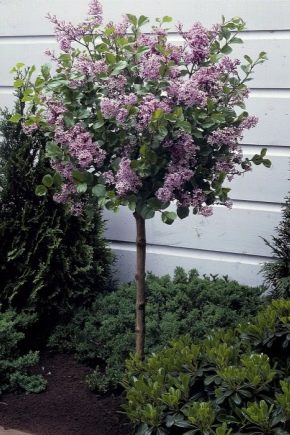
Lilacs are popular with a huge number of people. There are many types of lilacs. Perhaps the best choice is Meyer's lilac.
Peculiarities
The main feature of such a plant is its sophistication and compact appearance. Meyer's lilac is considered the so-called balcony series. The bushes can grow up to no more than 1.5 m. The branches are gray-brown in color, and the bark is dotted with small cracks. Young shoots are colored dark brown. The foliage is wide at the bottom, and gradually tapers upward.
An important characteristic of the culture is also a pleasant delicate aroma. Usually the flowers are grouped into straight inflorescences. Bushes are generally planted in compact groups. Meyer's lilac comes from China, but until now biologists have not discovered its wild-growing ancestors. Flowering begins as soon as the bushes rise to 0.25 m.
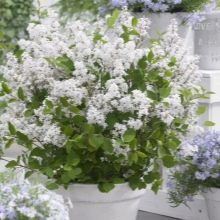

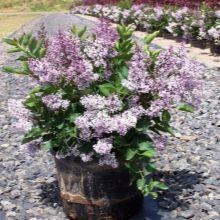
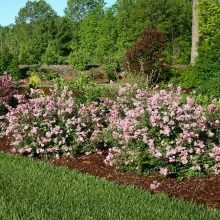


Description of key subspecies
An attractive choice for consumers is Katerina Havemeyer... Such a lilac can form both a large shrub and a tree. The variety got its name in honor of the famous breeder of the early twentieth century. The aroma is quite attractive, while the plant firmly endures the unfavorable conditions of a big city. Frost resistance is ensured with the most common care. The common lilac of this variety forms sprawling shoots covered with heart-like leaves. Importantly, their color does not change in the autumn months. The flowering period of the variety covers the last days of April - the first days of July. The buds can be painted in lavender or lilac-purple tones. The inflorescences of "Caterina Havemeyer" contain flowers up to 3 cm in diameter. The corolla looks like a boat.
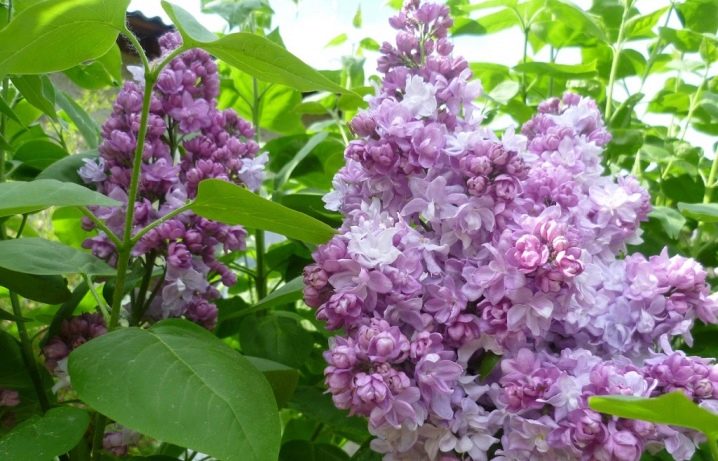
Flowerfesta purple is one of the dwarf species of lilac. The plant forms remontant bushes. According to the assurances of the suppliers of planting material, "Flowerfesta Purple" blooms all summer. A notable feature of the plant is the combination of white, pink and purple colors. The height of the lilac reaches a maximum of 120 cm, but it has an extremely impressive appearance.
According to landscape designers, Flowerfesta Purple is the best choice for:
- decorate balconies;
- decorate small gardens;
- arrange miniature patios;
- grow in containers;
- mark the boundaries of the plantings.

A good alternative to this variety is "Pink Perfume"... A miniature, compact-looking bush does not grow to more than 0.9 m. Its width varies from 1.2 to 1.8 m. Judging by the reviews, an extraordinary heady smell is spreading in the garden where Pink Perfume is planted. Inflorescences with a length of 0.1 m are up to 7.5 cm wide. The first wave of flowering occurs in May and June. The second - less intense - comes as soon as the summer heat ends. Pink Perfume forms dark pink buds. Flowers are also painted pink, but with a lilac tint. Cutting off shoots for a bouquet is not difficult.

The leading varieties, of course, include Red pixie... The mature plant is covered with green foliage. Its color saturation is quite high. The plant is relatively small in size. Red Pixie blooms in the last days of May and in the first days of June. In this case, small flowers of a tubular structure are formed. They are painted in a pink-lavender tone, grouped in panicles of 0.08 - 0.1 m. Red Pixie feels perfect in sunny areas. The plant can withstand light shade.But only a bush that is abundantly lit will bloom twice. Both excessive moisture and arid conditions are categorically unacceptable. Therefore, it is undesirable to plant such a variety in a lowland.
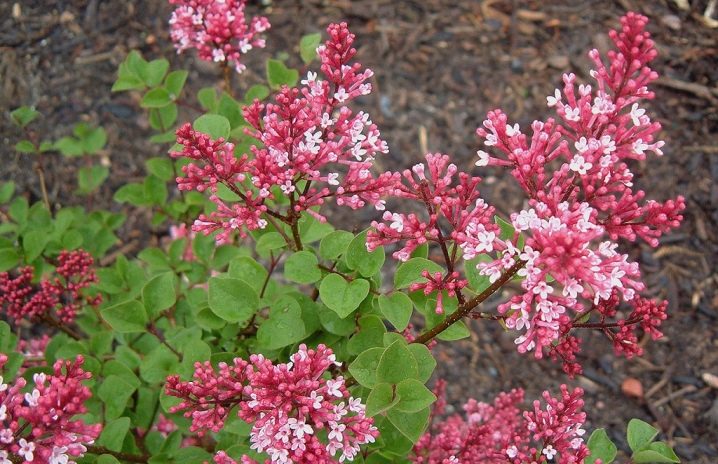
A positive feature of "Red Pixie" is a decent winter hardiness. In order to achieve it, you will have to thoroughly look after the culture in the summer. Watering is carried out strictly according to the schedule. In the same way, they approach fertilizing with fertilizers. As soon as flowering is over, all inflorescences unnecessary for the development of lilacs are removed. This variety of Meyer's lilac is often used in the form of a trunk. A composition of boles, placed on both sides of the entrance to the garden, will look incomparable. But you can use the plant as an accent among flower beds. Culture is becoming an excellent choice in both single and group (mixed with ephedra, cotoneaster) planting. Solo placement of lilacs helps to decorate the bench, shade the windows of houses.
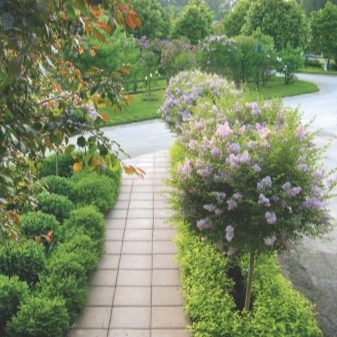

Some people will like it much better Palibin... An important advantage of this type is its increased compactness. Bushes grow up to a maximum of 0.6 m, so you can use it in a pot culture. The leaves are also small - a maximum of 4 cm. The inflorescences located at the edges of the shoots are actively developing in the last days of May, while a rich aroma immediately appears. Re-flowering occurs at the very end of summer. However, it is less abundant. The planting hole is filled with a combination of humus with garden soil or compost. It is necessary to feed "Palibin" twice a year. The grafted plants must be cleaned of fresh growth.
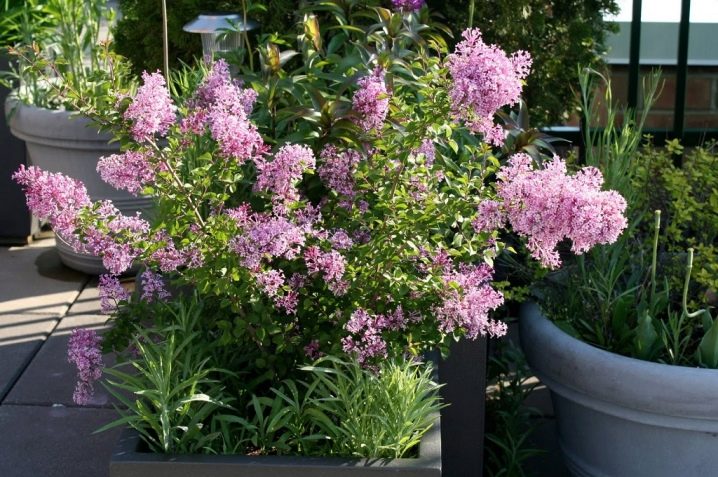
The cultivar can also give good results. "Jose"... It is a remontant culture that forms branches over 1 m long. Thanks to the slow growth, a wide variety of garden decorations can be created without fear that their appearance will soon change. In addition, José emits a powerful aroma. It is advisable to further strengthen it by planting 2 or more bushes next to it. Watering this type of lilac should be done in moderation. Both waves of flowering are decorated with purple-pinkish lilac scattering. Flowers will develop normally if a slightly shaded area with well-drained loam is selected. It is great if the soil of the garden contains humus.

Lilac remontant bushes can look brilliant "Bloomerang Ash"... Flowers on the branches will last until the first autumn frosts. To increase the productivity of the second wave of flowering, it is necessary to carefully remove each inflorescence after the first wave. People love the lavender color and the unusually strong Bloomerang Ash scent. The plant is equally good to use alone or as an additive to compositions.
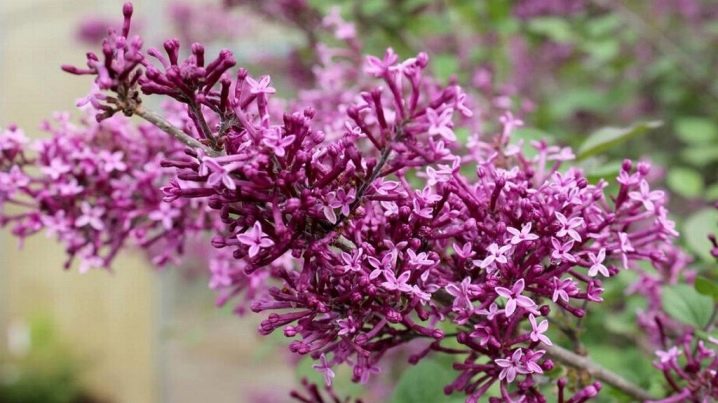
Not a bad variety "White"... This plant can bloom twice a season and is also slow in growth. This combination of characteristics allows you to safely use it in garden design. Small, dark green leaves look very attractive. The only mandatory requirements for the landing site are good illumination and high-quality drainage.
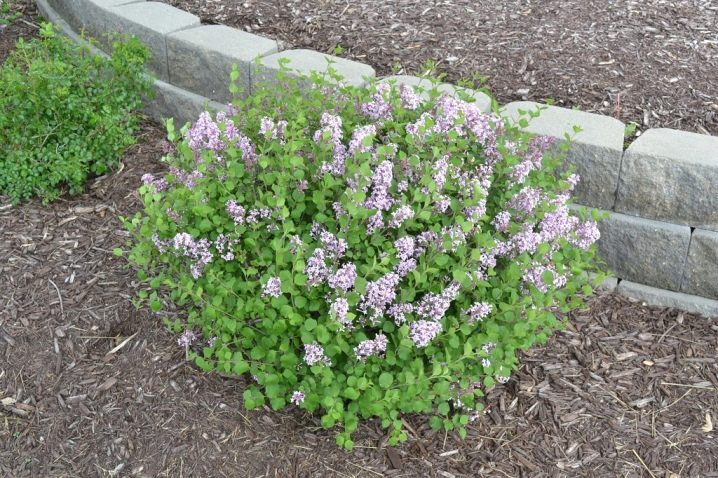
How to choose and plant
Lilac bushes have no particular drawbacks. You just need to select the right variety for your needs and for specific conditions. Then his positive features will be fully revealed, and possible weaknesses will not appear at all. It is advisable to get acquainted with the reviews of those who have already used a particular variety.
Remember: the shrub comes from warm countries, and therefore develops well only at the latitude of Moscow and further south.
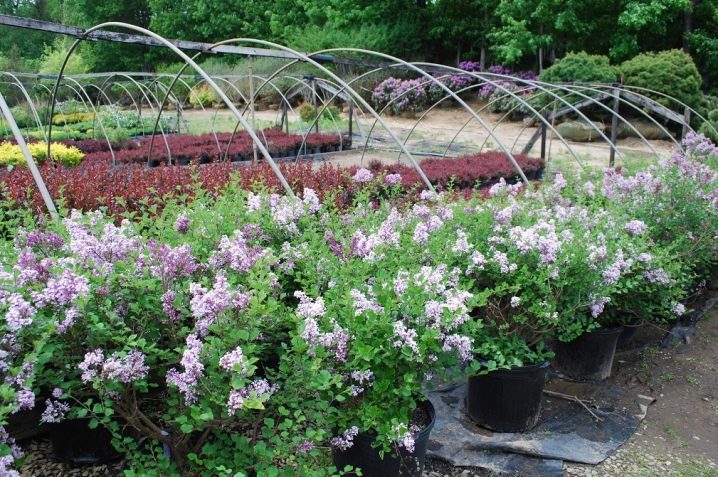
Lilacs are often used to divide an area into zones. But this should be done carefully, strictly taking into account the rules of landscape design. As for a single planting, Meyer's lilac is almost perfect for her. Its moderately tall, compact contours are attractive on all types of terrain. If you plan to use a lot of shrubs, gardeners have the choice to create:
- alley;
- green hedge;
- monocultural garden.

On a small backyard area, they try to add notes of comfort and external sophistication. In spacious areas, it is advisable to plant Meyer's standard lilac. Exposed in clear lines along the border, it will immediately make the whole landscape stricter. Such a solution is appropriate in compositions that are classic in spirit.
What absolutely cannot be done is trimmed hedges, since they make the very use of this shrub meaningless.
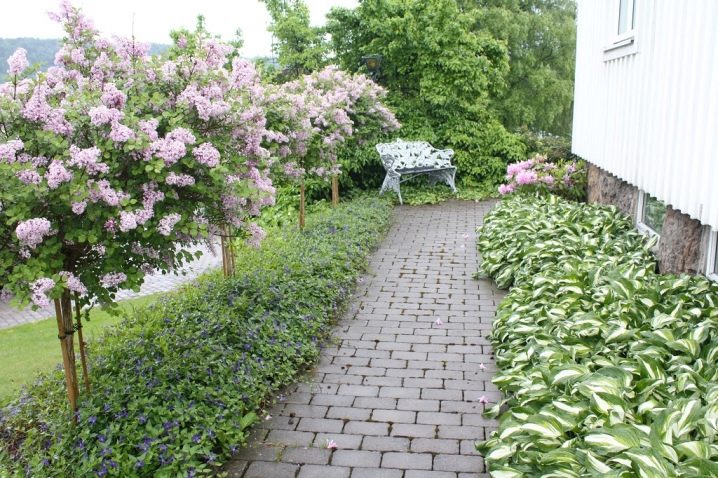
For the care of Meyer's lilacs, see the next video.



































































The comment was sent successfully.